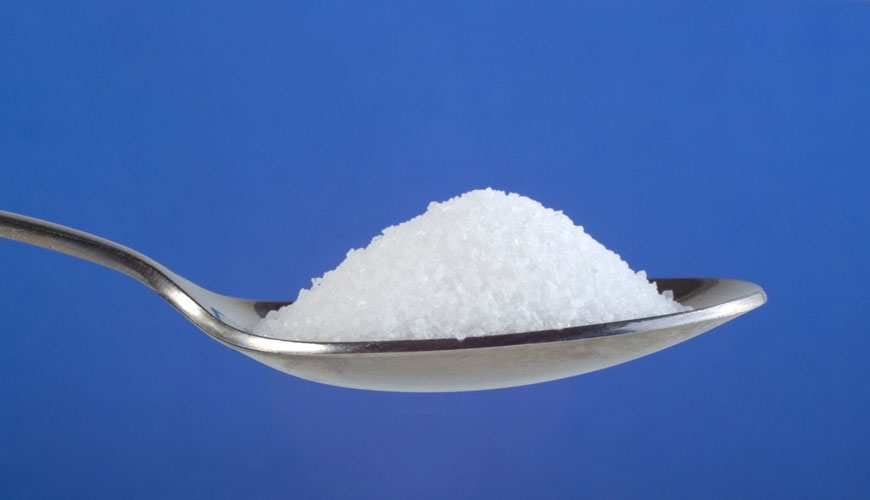

Sodium hydroxide is an inorganic, white solid compound that is strongly alkaline. As an ionic compound, it consists of sodium cations and hydroxide anions.

Its main chemical properties are: pure sodium hydroxide, appears as a colorless crystalline solid, melts without decomposition at 318 degrees Celsius, saponifies on contact with the skin, is a soluble compound because it easily absorbs moisture from the air, highly soluble in water, but more so in polar solvents such as ethanol and methanol. It has low solubility, is insoluble in non-polar solvents such as ether, has a highly exothermic reaction when dissolved in water, decomposes proteins at room temperature and can cause severe burns as it is a caustic base.
Sodium hydroxide is available in many different forms. When supplied in bulk, it is less expensive to manufacture and process and commonly appears as an aqueous solution. In any form, sodium hydroxide can cause severe burns, so safety precautions should always be taken when using this compound.
Sodium hydroxide is produced by several different methods. The most popular is the electrolytic chlor-alkali process, in which sodium hydroxide is produced as a 50 percent solution. Solid sodium hydroxide is obtained when the solution is evaporated.
As a popular strong base, sodium hydroxide has a wide range of uses in many different industries. It is often used as a pH regulator because it can neutralize acids. It also reacts with weak acids such as hydrogen sulfide on a given substrate to produce sodium salts that can be easily removed. This process is called caustic washing and is used to remove sulfurous impurities from products such as crude oil.
Another very common use of sodium hydroxide is in the manufacture of soap and cleaning products, including detergents and drain cleaners. It is used as an esterification reagent when making soap, and chlorine bleach can also be made from a mixture of sodium hydroxide and chlorine.
As an industrial cleaning agent, it is often referred to as caustic. When used in this way, sodium hydroxide is added to the water and then heated. It is then used to clean storage tanks and water discharge pipes, as well as special equipment.
Our organization also provides sodium hydroxide analysis services with its trained and expert staff and advanced technological equipment, among the numerous test, measurement, analysis and evaluation studies it provides for businesses in various sectors.
To get an appointment, to get more detailed information or to request an evaluation, you can ask us to fill in our form and reach you.